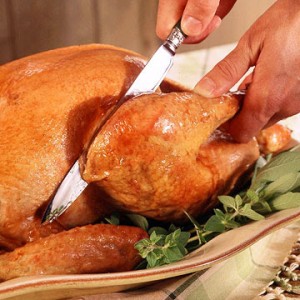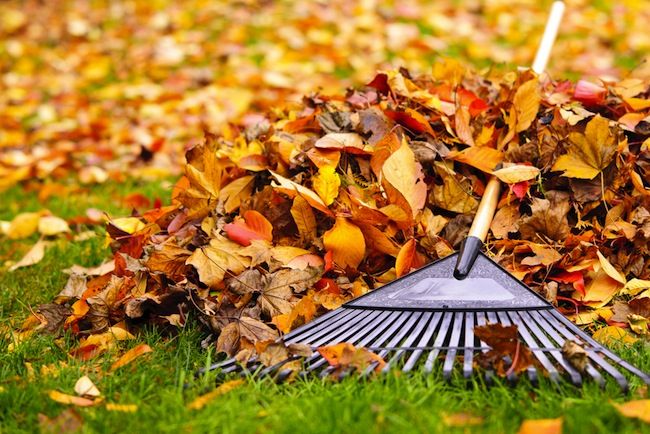Contact: Hazel Valdez
Email: hazel@launchmd.com ![]()
FOR IMMEDIATE RELEASE
Orthopedic Specialists of Seattle Speaker Series on Orthopedic Health and Information Topics Continues through December 2013
Seattle, WA – During the last quarter of 2013, the physicians of Orthopedic Specialists of Seattle (OSS) have been speaking to the community and the greater Seattle population, on orthopedic topics including Joint Replacement, Relief from Hand and Wrist Pain, and Relief from Foot and Ankle Pain at the Swedish Ballard Hospital campus.
Dr. Ruhlman of OSS will be rounding out the Speaker Series with his topic, Relief from Your Hand and Wrist Pain on Wednesday, December 4, 2013 at the Swedish Ballard Hospital campus from 6:00 pm – 8:00 pm. Dr. Ruhlman will discuss treatments for different types of fractures; ways to treat arthritis in the wrist, thumbs and fingers; and how to prevent and treat carpal tunnel syndrome and other overuse conditions. Dr. Ruhlman trained as an Orthopedic Surgeon locally at the University of Washington and spent additional time at Harvard training in the complex disorders affecting the Hand, Shoulder and Elbow. “By using what I have learned, I strive to give you the top orthopedic care by not only achieving superior technical results, but to spend the time necessary to help you understand your injury and so we can work towards your specific goals and needs,” states Dr. Ruhlman.
To find out more and register for this class, visit: https://www.eventsvc.com/swedishhealth/seattle/event/4852f607-7ea9-4123-b207-c4154988bc27.
Physicians at OSS perform highly specialized procedures for orthopedic surgery and general orthopedic care for adults and children. Each one of their eight physicians strives to be a leader in orthopedic medicine. They have extensive training and experience in general orthopedics, trauma, fracture care, total joint replacement, sports medicine, non-surgical treatment and overuse conditions. Treatment of injuries is performed in a relaxed setting, with an expert surgeon, as well as state-of-the art equipment. OSS is also the only orthopedic center in the state of Washington that offers Sonocur, a non-surgical treatment for tendonitis. Their comprehensive orthopedic approach provides patients with the ability to continue their active lifestyles as well as peace of mind.

 Thanksgiving is just around the corner and almost everyone is planning a big feast, strategizing for the family football rematch, watching the Macy’s Day parade and of course, NFL football on TV.
Thanksgiving is just around the corner and almost everyone is planning a big feast, strategizing for the family football rematch, watching the Macy’s Day parade and of course, NFL football on TV. 
